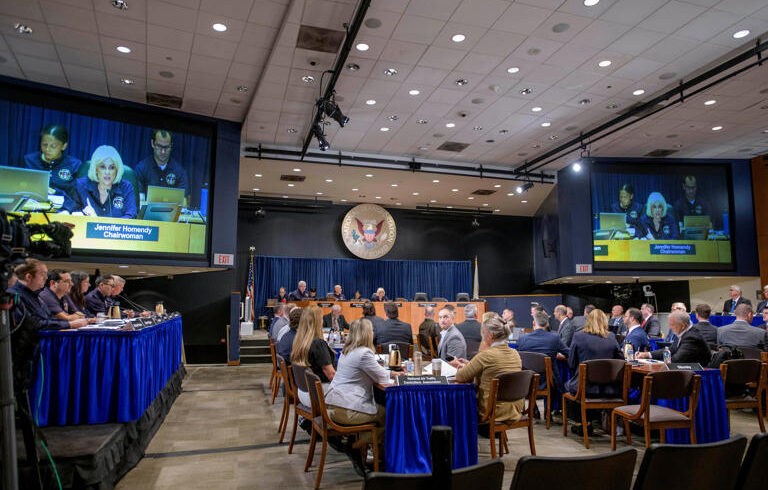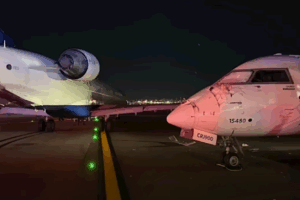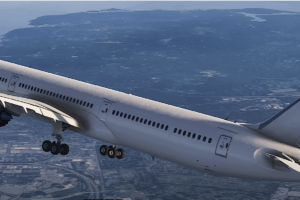
In a tragic incident that claimed the lives of all 67 individuals aboard both aircraft, new details have emerged regarding the final moments before a U.S. Army Black Hawk helicopter collided mid-air with an American Airlines passenger jet over the Potomac River in Washington, D.C., in January. The National Transportation Safety Board has been conducting a thorough investigation into the crash, with public hearings concluding today.
The NTSB’s investigation has shed light on several critical factors that contributed to the collision. Notably, the Black Hawk helicopter was operating above its designated altitude near Ronald Reagan National Airport. A test flight over the Potomac revealed that the barometric altitude was consistently about 100 feet lower than the radio and geometric altitudes over the water. Additionally, the barometric altimeter was obscured during the helicopter flight. This altitude discrepancy was compounded by the helicopter’s reliance on visual separation, a practice that proved problematic in the congested airspace. Additionally, the helicopter’s onboard locator system was turned off, making it challenging for other aircraft to detect its presence.
In the moments leading up to the crash, the helicopter crew communicated with the airport’s control tower. However, due to a keyed microphone, the crew failed to hear crucial instructions from the controller. Approximately two minutes before the collision, the controller instructed the helicopter to “pass behind” the American Airlines jet. Unfortunately, the crew did not receive this directive, leading to the tragic accident.
The final exchange between the instructor pilot and the student pilot aboard the Black Hawk was also revealed during the hearings. Approximately 20 seconds before the collision, the instructor pilot directed the student to “come left,” but it remains unclear if the student had sufficient time to execute the maneuver before impact.
The NTSB’s investigation is ongoing, with a final report expected next year. The findings have raised significant concerns about airspace management, pilot training, and the need for improved communication protocols to prevent similar tragedies in the future.





